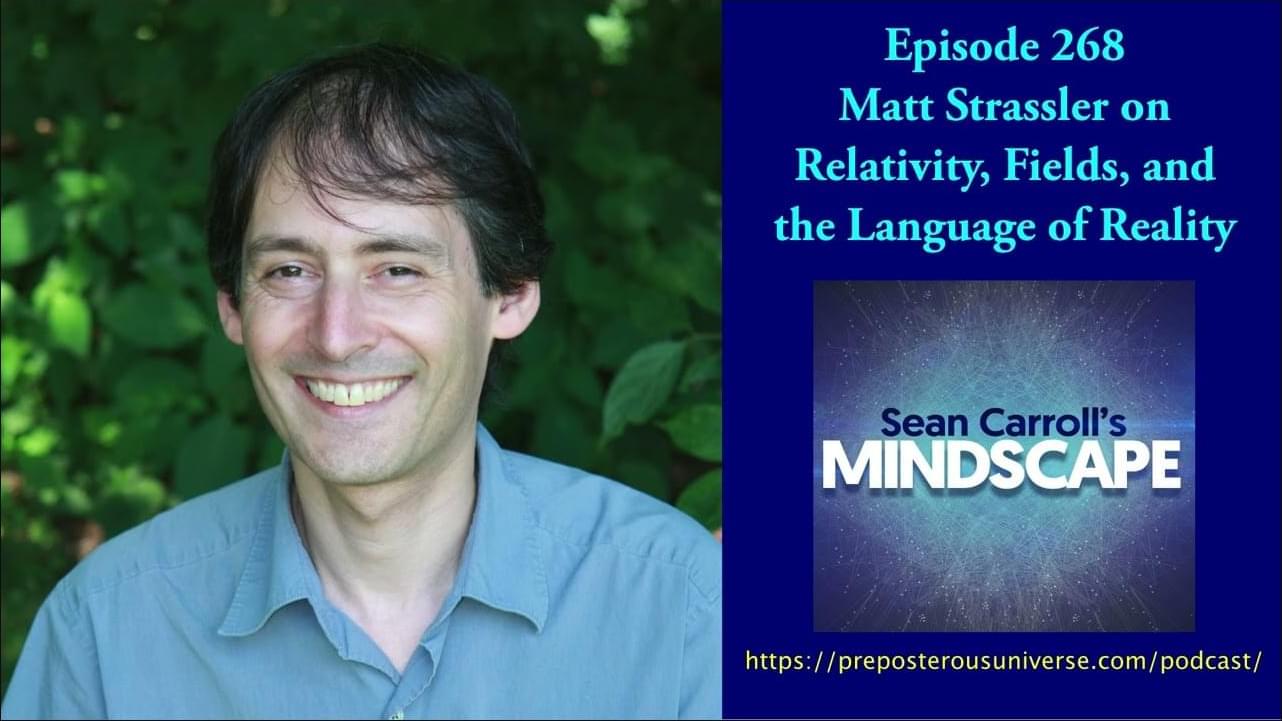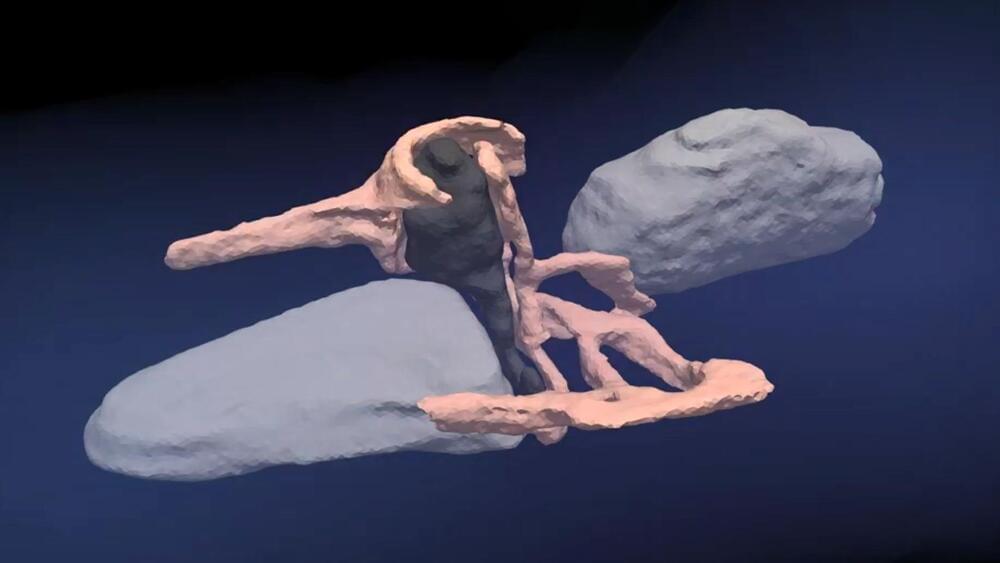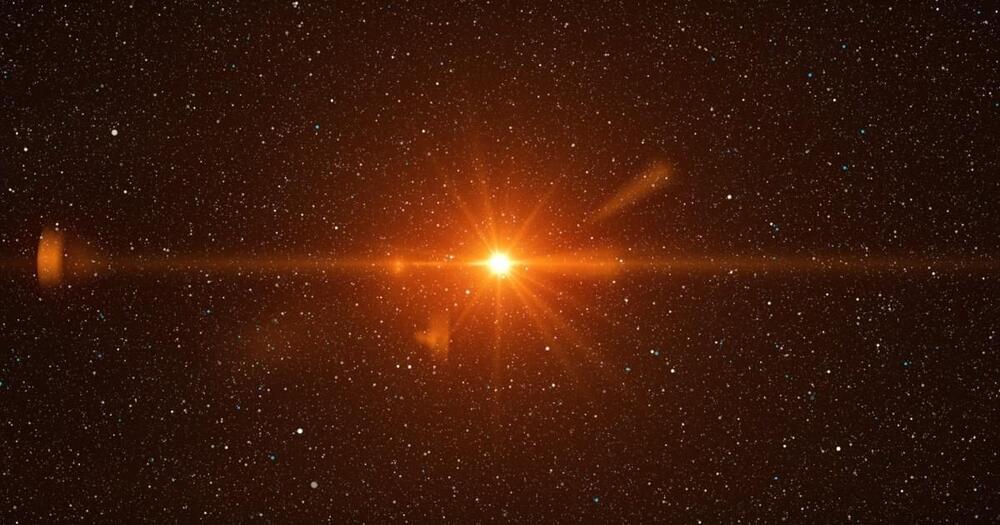Page 10
Dec 20, 2024
Novel Physical Reservoir Computing Device Mimics Human Synaptic Behavior for Efficient Edge AI Processing by Tokyo University of Science
Posted by Dan Breeden in categories: health, robotics/AI, science
Artificial intelligence (AI) is becoming increasingly useful for the prediction of emergency events such as heart attacks, natural disasters, and pipeline failures. This requires state-of-the-art technologies that can rapidly process data. In this regard, reservoir computing, specially designed for time-series data processing with low power consumption, is a promising option.
It can be implemented in various frameworks, among which physical reservoir computing (PRC) is the most popular. PRC with optoelectronic artificial synapses that mimic human synaptic elements are expected to have unparalleled recognition and real-time processing capabilities akin to the human visual system.
However, PRC based on existing self-powered optoelectronic synaptic devices cannot handle time-series data across multiple timescales, present in signals for monitoring infrastructure, natural environment, and health conditions.
Dec 20, 2024
Mindscape 268 | Matt Strassler on Relativity, Fields, and the Language of Reality
Posted by Dan Breeden in categories: cosmology, particle physics, quantum physics

Patreon: https://www.patreon.com/seanmcarroll.
Blog post with audio player, show notes, and transcript: https://www.preposterousuniverse.com/podcast/2024/03/04/267-…f-reality/
In the 1860s, James Clerk Maxwell argued that light was a wave of electric and magnetic fields. But it took over four decades for physicists to put together the theory of special relativity, which correctly describes the symmetries underlying Maxwell’s theory. The delay came in part from the difficulty in accepting that light was a wave, but not a wave in any underlying “aether.” Today our most basic view of fundamental physics is found in quantum field theory, which posits that everything around us is a quantum version of a relativistic wave. I talk with physicist Matt Strassler about how we go from these interesting-but-intimidating concepts to the everyday world of tables, chairs, and ourselves.
Dec 20, 2024
Scientists Have Finally Cracked the Code of Cellular Communication
Posted by Paul Battista in categories: biotech/medical, engineering, information science

Researchers at UC San Diego have developed SMART, a software package capable of realistically simulating cell-signaling networks.
This tool, tested across various biological systems, enhances the understanding of cellular responses and aids in advancing research in fields like systems biology and pharmacology.
Continue reading “Scientists Have Finally Cracked the Code of Cellular Communication” »
Dec 20, 2024
How humanity discovered we’re all made of “star stuff”
Posted by Shubham Ghosh Roy in category: futurism

Carl Sagan wasn’t the first to declare we are the children of ancient stars — the idea has roots in ancient debates.
Dec 20, 2024
Mystery Solved? Hidden Black Hole Cluster Found in Omega Centauri
Posted by Shubham Ghosh Roy in category: cosmology
Has the decades-long mystery behind the strange star movements in Omega Centauri, the Milky Ways largest star cluster, finally been solved?
Omega Centauri has been studied to determine if its high star velocities are caused by an intermediate mass black hole or multiple smaller black holes. Recent data from pulsar accelerations suggest the latter, advancing our understanding of black hole formation.
Omega Centauri’s Mysteries
Dec 20, 2024
Denali Fault found to have torn apart ancient joining of two landmasses
Posted by Shubham Ghosh Roy in category: mathematics
New research shows that three sites spread along an approximately 620-mile portion of today’s Denali Fault were once a smaller united geologic feature indicative of the final joining of two land masses. That feature was then torn apart by millions of years of tectonic activity.
The work, led by associate professor Sean Regan at the University of Alaska Fairbanks Geophysical Institute and UAF College of Natural Science and Mathematics, is featured on the cover of the December edition of Geology.
Regan is the research paper’s lead author. UAF co-authors include doctoral student McKenzie Miller, recent master’s graduate Sean Marble and research assistant professor Florian Hofmann. Other co-authors are from St. Lawrence University, South Dakota School of Mines and Technology and the University of California, Santa Barbara.
Dec 20, 2024
Toxicologist reveals eight everyday things people are doing which could be ‘damaging’ their bodies
Posted by Shubham Ghosh Roy in category: futurism
Link :
We all want to be a bit healthier, but a toxicologist has warned of hidden dangers in your home.
Dec 20, 2024
Plasma heating efficiency in fusion devices boosted by metal screens
Posted by Saúl Morales Rodriguéz in categories: computing, nuclear energy
Heating plasma to the ultra-high temperatures needed for fusion reactions requires more than turning the dial on a thermostat. Scientists consider multiple methods, one of which involves injecting electromagnetic waves into the plasma, the same process that heats food in microwave ovens. But when they produce one type of heating wave, they can sometimes simultaneously create another type of wave that does not heat the plasma, in effect wasting energy.
In response to the problem, scientists at the U.S. Department of Energy’s (DOE) Princeton Plasma Physics Laboratory (PPPL) have performed computer simulations confirming a technique that prevents the production of the unhelpful waves, known as slow modes, boosting the heat put into the plasma and increasing the efficiency of the fusion reactions.
“This is the first time scientists have used 2D computer simulations to explore how to reduce slow modes,” said Eun-Hwa Kim, a PPPL principal research physicist and lead author of the paper reporting the results in Physics of Plasmas. “The results could lead to more efficient plasma heating and possibly an easier path to fusion energy.”
Dec 20, 2024
Webb offers best glimpse ever into icy planetesimals of early solar system
Posted by Saúl Morales Rodriguéz in category: space
New studies led by researchers at the University of Central Florida offer for the first time a clearer picture of how the outer solar system formed and evolved based on analyses of trans-Neptunian objects (TNOs) and centaurs.
The findings, published today in Nature Astronomy, reveal the distribution of ices in the early solar system and how TNOs evolve when they travel inward into the region of the giant planets between Jupiter and Saturn, becoming centaurs.
TNOs are small bodies, or “planetesimals,” orbiting the sun beyond Pluto. They never accreted into planets, and serve as pristine time capsules, preserving crucial evidence of the molecular processes and planetary migrations that shaped the solar system billions of years ago. These solar system objects are like icy asteroids and have orbits comparable to or larger than Neptune’s orbit.















